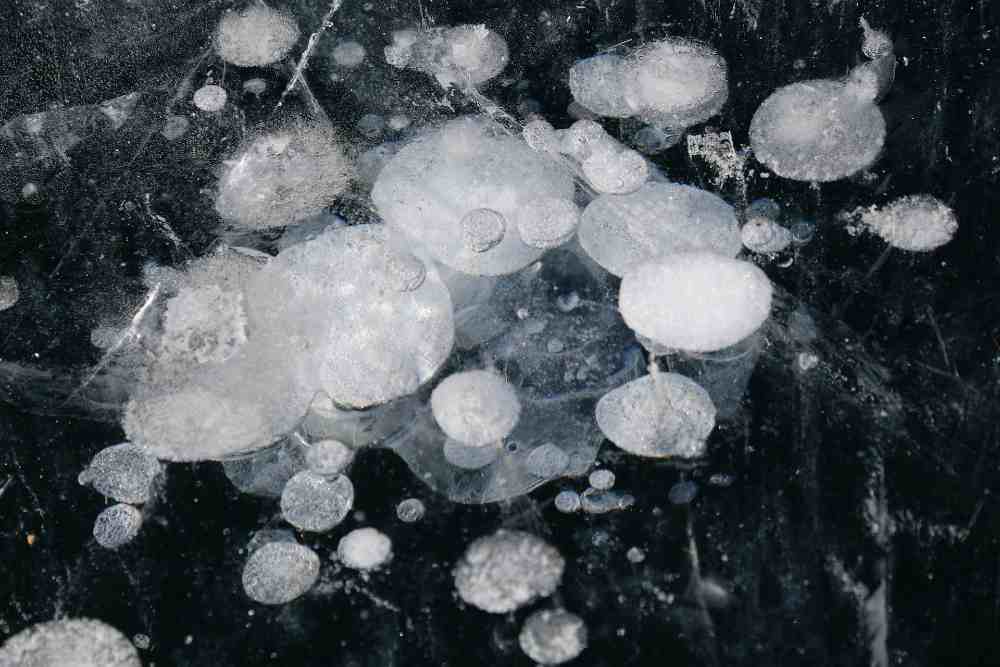Nature’s Impact: Understanding and Assessing Hail Damage
When the skies unleash a hailstorm, it’s a captivating yet potentially damaging display of nature’s power. Those frozen raindrops may be mesmerizing as they bounce off the ground, but they can wreak havoc on one of the most important parts of our homes—the roof. In this exploration, we’ll delve into the nuances of hail damage, understanding its impact, and learning how to assess and address the aftermath.
Contents
The Dance of Nature: Hailstorms Unleashed
Picture this: a sudden shift in weather, ominous clouds gathering overhead, and before you know it, a symphony of ice pellets begins to play on your roof. Hailstorms, though fascinating in their intensity, can leave a lasting mark on your shelter.
The Nature of the Beast: What Exactly is Hail Damage?
Hail damage isn’t always obvious, and that’s where the trickery lies and why a professional hail damage roof inspection is recommended. It can be subtle, sneaking its way into the structural integrity of your roof. Here’s a breakdown of what you might be dealing with:
1. Dented Shingles: A Silent Intruder
Hailstones can pack a punch, leaving behind dented and bruised shingles. While these dings may seem insignificant, they compromise the protective layer of your roof, opening the door to potential leaks.
2. Cracked Tiles: The Hidden Fissures
Beneath the visual surface, hail can create hairline cracks in roofing tiles. These fissures may not be immediately noticeable, but over time, they can widen, leading to water infiltration and structural degradation.
3. Gutter Bruises: The Often-Overlooked Impact
Gutters bear the brunt of hail, and those dents might seem like mere battle scars. However, compromised gutters can disrupt the water flow, resulting in water pooling and potential damage to the foundation.
4. Painted Perils: The Art of Disguised Damage
Hail doesn’t discriminate; it can be a master of disguise. Painted surfaces on your roof, such as fascia boards or eaves, can suffer subtle but impactful damage. Keep an eye out for chipped or peeling paint, as it might be concealing underlying issues caused by hail.
5. Ventilation Vulnerabilities: Breaching the Silent Barrier
Hailstorms can compromise the ventilation systems on your roof. Check vents and ducts for dents or blockages, as these seemingly minor issues can disrupt the airflow, leading to potential problems like inadequate attic ventilation and increased energy bills. Always ensure that the pathways for air exchange remain unobstructed.
Assessing the Battlefield: How to Spot Hail Damage
So, you’ve weathered the hailstorm, but how do you know if your roof is nursing wounds? Here are some telltale signs to look out for:
1. Inspect Your Shingles: A Close-Up Encounter
Take a stroll around your property and inspect the shingles. Look for dents, dimples, or any signs of impact. Run your fingers gently over the surface to detect hidden irregularities.
2. Survey the Attic: Uncover the Secrets Within
Venture into your attic armed with a flashlight. Check for any signs of water stains, mold, or mildew. These are red flags that hail might have compromised your roof’s defenses.
3. Examine the Gutters: A Downward Glance
Don’t forget to cast your eyes downward. Check the gutters for dents and ensure they are still securely attached. Malfunctioning gutters can exacerbate the impact of hail damage.
Addressing the Aftermath: Repair and Prevention
Now that you’ve identified the scars left by hail, it’s time to take action. Here’s a roadmap for addressing the aftermath and preventing future damage:
1. Prompt Repairs: Stitching Up the Wounds
Swiftly address any visible damage. Replace dented shingles, repair cracked tiles, and ensure that gutters are in optimal condition. Procrastination can escalate the damage and lead to more extensive repairs down the line.
2. Weather-Resistant Roofing: A Shield Against Nature’s Fury
Consider investing in weather-resistant roofing materials. These can act as a shield, reducing the impact of hail and enhancing the longevity of your roof.
3. Regular Inspections: Nipping Problems in the Bud
Adopt a proactive approach by scheduling regular roof inspections. A professional eye can catch potential issues before they escalate, saving you both time and money in the long run.
The Human Element: Nature’s Impact on Homeowners
As we navigate the intricacies of hail damage, it’s crucial to recognize the human element in this equation. A damaged roof isn’t merely an inconvenience; it’s a disruption to the sanctuary we call home. It’s the realization that our haven, vulnerable to nature’s whims, requires our attention and care.
In conclusion, understanding and assessing hail damage goes beyond the technicalities. It’s about acknowledging the dance between nature and our homes, and the role we play in maintaining the harmony. So, next time you hear the rhythmic pitter-patter of hail, remember to listen closely and tend to your roof with the same care that nature extends to us. After all, in this symphony of existence, our homes are the most cherished notes.

